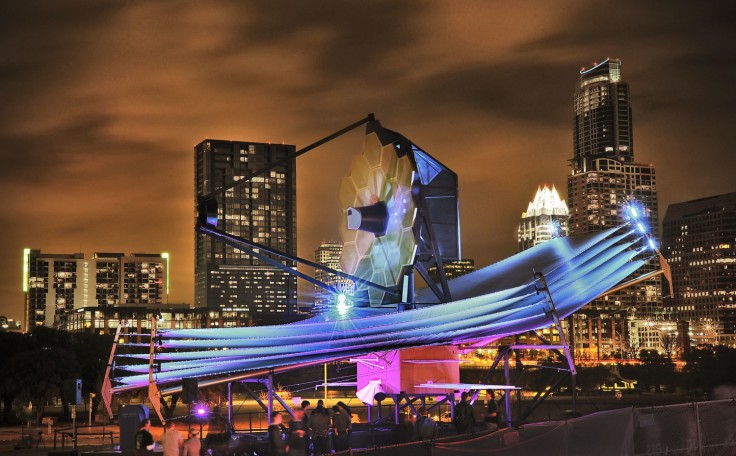
NASA's James Webb Space Telescope will soon show its full capabilities to the world.
The space agency recently announced it would release Webb's first full-color images and spectroscopic data in mid-July, some days after the telescope is expected to receive its commission.
The James Webb Space Telescope was launched on Christmas day 2021 and is expected to be a fully commissioned space telescope by the end of June, per Space.com.
Webb's First Photos as Commissioned Space Telescope
According to NASA's announcement, it will release Webb's first full-color images and spectroscopic data on July 12 - a time when the space telescope already has its commission.
Spectroscopic data are detailed information astronomers can read in light, with which they can see the temperature, distance, and speed of a star or planet.
NASA mentioned that Webb's first photos and spectroscopic data will be taken once each of Webb's instruments has been calibrated, tested, and approved for use by its science and engineering teams. Afterward, NASA's team will proceed through a list of targets decided by an international committee to exercise Webb's capabilities.
Although NASA is keeping Webb's first official subjects for its photographic capabilities a secret, as a separate Space.com article reports, the space telescope's subjects have been selected by NASA with the help of the European Space Agency (ESA), Canadian Space Agency (CSA), and the Space Telescope Science Insitute (STScI) in Baltimore.
Klaus Pontoppidan, Webb project scientist at STScI, mentioned that their goals for Webb's first images and data are to showcase Webb's instruments and preview the science mission the space telescope will undertake.
"They are sure to deliver a long-awaited 'wow' for astronomers and the public," Pontoppidan added.
Meanwhile, NASA gave a clue on what the subjects will, saying that the first image package of materials would showcase the science themes that inspired the mission and will be the focus of its work: the early universe, the evolution of galaxies through time, the life cycle of stars, and other worlds.
The space telescope was recently set to study the geology of two super-Earths, which could be the subject for the "other worlds" part of NASA's statement.
While Webb's first images will be in color, it is difficult to predict exactly how they would look due to the space telescope's instruments. However, Joseph DePasquale, STScl's lead science visuals developer confirmed that there are things NASA's experts are expecting and hoping to see, but they won't know until they see them due to Webb being a new telescope and "this new high-resolution infrared data."
What's Next for Webb?
NASA plans to start scientific observations after Webb has captured its first images with the intention of continuing to explore the mission's key science themes.
These observations mark the official beginning of Webb's general science operations, which it was designed to do.
STScI mentioned that during Webb's first cycle, it would study various celestial bodies, such as brown dwarfs, star clusters, protostars, and Deep Fields.
Related Article : NASA's James Webb Space Telescope Set To Stdy Geology of 2 Super-Earths









